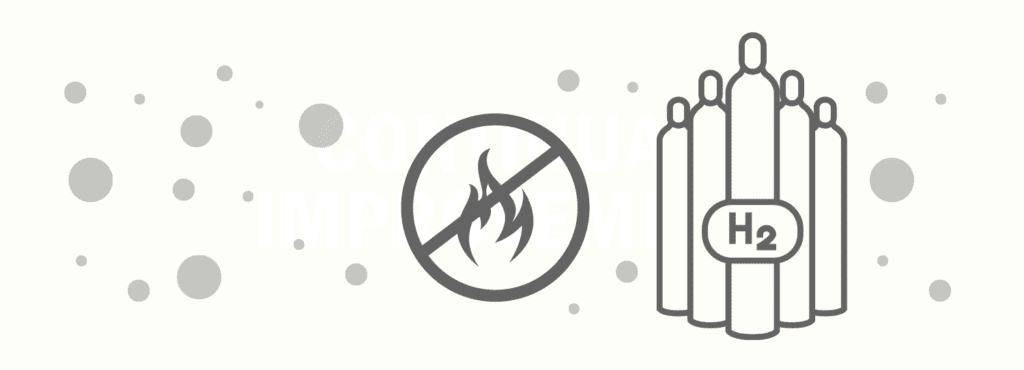Health and Safety at BayoTech
Creating a Safe Environment from Wheel-to-Well
At BayoTech, safety is one of our core missions. This applies to all areas of our business, from our hydrogen hubs to transport and storage of high-pressure gases. We aim to achieve the highest standard of Quality, Health, Safety and Environment incorporating the principles of sustainable development and following all QHSE rules and regulations conducting our business activities.
BayoTech’s Management and Personnel are committed to:
Providing a safe and healthy working condition for the prevention of work related injury and ill health and to ensure the integrity and safe operation of our assets.
Complying with applicable legal requirements, international standards, and good industry practice.
Preventing any occurrence of pollution and environmental damage.
Setting and reviewing QHSE objectives and measuring performance towards continual improvement.
Encouraging staff participation in the decision-making process and hold managers accountable for QHSE performance.
Corporate social responsibility for maximizing the company’s contributions to sustainable development.
Sparing no effort to ensure the safety of all our stakeholders.
Safety Directives
Our safety directives drive our commitment to the health and safety of employees, customers and the environment. Each directive provides a deeper focus on areas that we can have a significant effect on when it comes to our QHSE objectives.








Utilizing these directives, we have appointed qualifified QHSE experts to help enforce these ideals company wide to ensure safety at every touchpoint of our business. We believe that to be a leader in safety, accountability and strong leadership are paramount to our success.
Hydrogen Safety 101
For over 50 years, hydrogen has been safely used, stored and transported. When compared to other fuels, such as gasoline and natural gas, it is considered safer to use.
When discussing the safety of hydrogen it’s important to keep these things in mind:

Hydrogen is 14 times lighter than air. if released, hydrogen disperses quickly rather than pool at ground level, where accidental ignition presents a clear danger

Hydrogen burns at a low radiant heat due to the absence of carbon. This lowers the risk of secondary fires.

Hydrogen is non-toxic. Leaks or spills do not contaminate the environment.

Thanks to decades of research and testing by private sector companies, the U.S. Department of Energy and other global entities have created safety codes and standards for everyone to follow for proper use of hydrogen systems.

